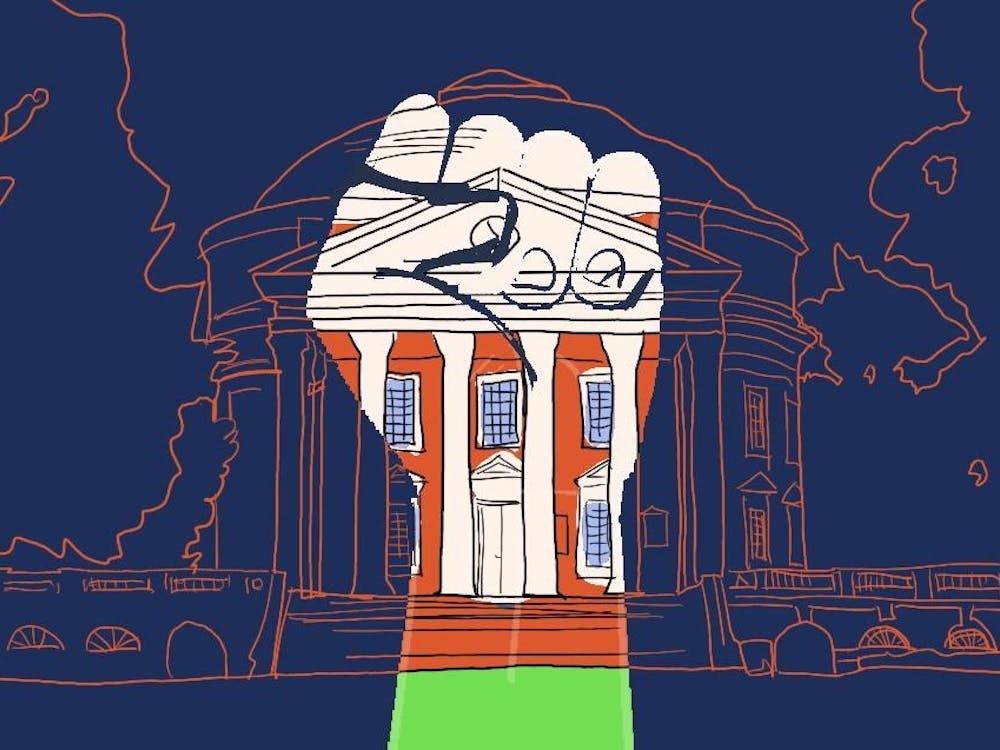This spring break, I had the good fortune to attend an Alternative Spring Break (ASB) trip to San Juan, Texas. My experience was phenomenal. And I was not alone in this assessment; each person I asked told me that his or her ASB trip was exceptionally fun and worthwhile. I would highly recommend the ASB experience to any University student.
But ASB and other comparable service trip experiences are not without controversy. Critics deride them as “voluntourism,” implying that the impact of these trips is quite ephemeral. Many volunteer trips “serve the egos of the tourists more effectively than they serve the locals,” according to J.B. MacKinnon, a writer for Explore. Voluntourism can also cause unintended side effects in the local communities that travelers seek to serve. For instance, in places like Cambodia, where foreigners visit to play with orphans, voluntourism has actually increased the demand for orphans to the point where parents establish fictitious orphanages to rent their children to foreigners. And as CNN writer Richard Stupart asked, “are you really contributing? Does the presence of volunteers really contribute to a community’s well being, or are outsiders simply doing work that could have helped local breadwinners earn a living?”
These are valid criticisms of the service tourism industry, and address many of the ethical inconsistencies involved with traveling to a poor country or area with the intention of fixing it. Not to mention the arrogance associated with Rudyard Kipling’s famous “White Man’s Burden,” which refers to Western aspirations of dominating the developing world under the guise of economic improvement and a desire to do good.
However, these broad criticisms of the service tourism industry do not apply to ASB. The ASB model is far superior to ordinary volunteer trips in that it emphasizes “service-learning” while generally participating in projects that serve a genuinely good purpose. Unlike some similar trips, ASB volunteer projects do not detract from the local community they are attempting to help.
ASB’s “service-learning” model stresses the education of trip participants. For instance, my trip to San Juan featured meetings with the Executive Director of Proyetco Azteca, an organization supporting fair housing for low-income residents in South Texas. The meetings addressed some of the issues that poor residents of South Texas face, and opened my eyes to the interconnectedness of poverty, health care, education, housing, crime, race and immigration in an area of the country with which I was totally unfamiliar. If nothing else, the trip made me a better and more informed American citizen. Of course, this does play into the criticism that the trips serve the interests of trip participants and not local residents. I would counter this by pointing out that ASB has no pretensions about its mission; it makes no secret of the fact that the trips focus heavily on education, and even sponsors participant research projects. On a personal level, the trip was rewarding in that it improved my understanding of issues which drastically affect the lives of millions of Americans.
The trip was also rewarding because of the work my group completed in South Texas. While some of our work could have been done without us — sidewall construction and playing with local children come to mind — we did undertake assignments that we were uniquely positioned to complete. Throughout the course of the trip, we taught classes on personal finance to groups of impoverished middle school children, and provided them with educational materials on how to start saving and planning for college. We were able to speak about our own experiences paying for college, and stress the importance of doing well in school and staying out of trouble.
This is not necessarily life-altering work, but my group certainly presented a unique perspective to these kids. As college students, we were able to give them some idea of educational opportunities that they might not have been exposed to otherwise, as many of the kids I met had no educational aspirations beyond high school. Volunteers might not bring unique physical or mental skills, but they can offer an atypical viewpoint to denizens of poor communities in America and around the world.
ASB trips are very rewarding. And importantly, they are also very fun. Every single person that I have spoken with about his or her ASB experience has offered up nothing but high praise. Adam Ghazzawi, a participant on ASB’s Atlanta trip, called his experience “the most rewarding of his time at UVA,” and said that he plans to look into leading a trip next year.
As an alternative (no pun intended) to a traditional sun-splashed spring break on a beach, ASB trips are a valuable resource to the University community, and I would encourage every University student to consider participating.
John Connolly is an Opinion Columnist for The Cavalier Daily. He can be reached at j.connolly@cavalierdaily.com.






